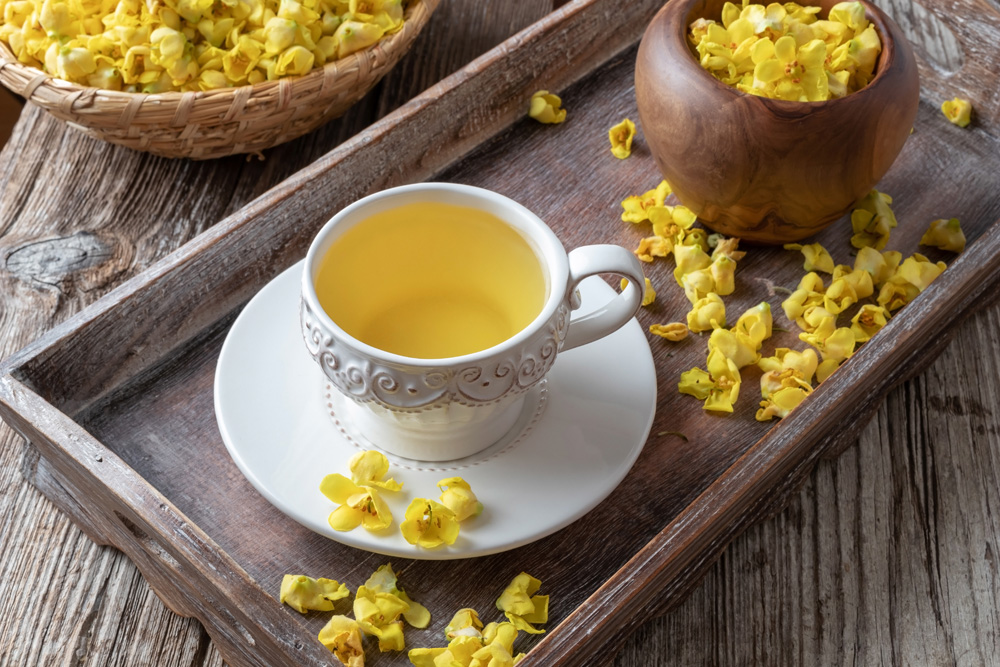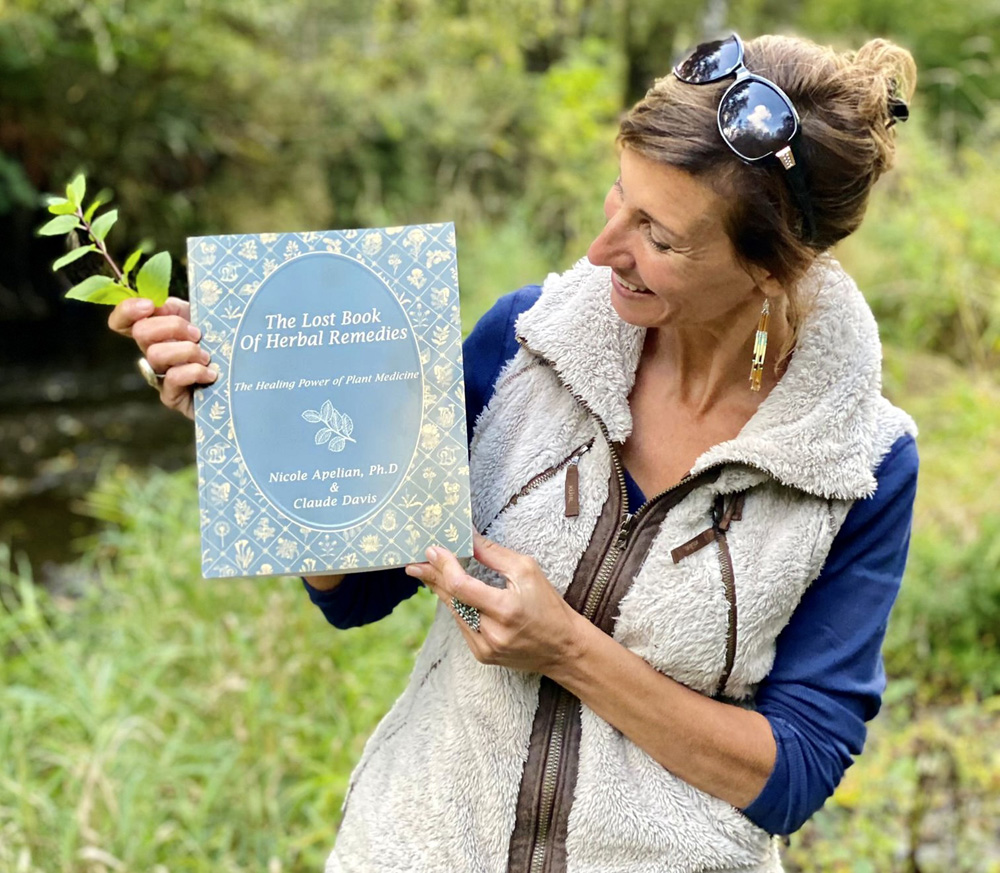Don’t Be Fooled By The Silky Softness of This Plant, Mullein Is Powerful Medicine
Found throughout North America, chances are you have crossed paths with mullein at one time or another. With its soft, down covered leaves, you may mistake it for not much more than a pretty weed. But this plant has significant medicinal properties that can help you overcome lung ailments, gastrointestinal complaints, muscle spasms, and even snake bites. The next time you see mullein, don’t pass it by! Keep reading for tips on how to identify, harvest, and utilize this mighty, but soft-spoken herb.
Basic Identification
Mullein has striking velvety soft leaves that are a pale gray-green color. With flowering spikes that can reach up to 8 feet (2.4 meters) in height — this is one plant that is difficult to miss! The leaves are oval in shape and grow up to 20 inches (50 cm) in length. The spikes with flowers emerge the second year and each flower has five pale petals, 5 hairy-green sepals, five stamens, and one pistil. Small brown seeds less that 0.04 inches (0.1 cm) in size can be found in small, ovoid capsules that measure approximately 1/4 inch (0.625 cm) in length.
Where Does It Grow? Mullein is found abundantly across North America and is considered a naturalized weed in the eastern United States. It grows in meadows, along roadsides, and on waste ground such as gravel, chalky soil, or sand.

Harvesting
It is best to harvest mullein leaves during the second year of growth when the stalk appears and the flowers are in bloom, typically between July and September. The flowers can be used either fresh or dried. To dry the leaves, bundle them together with kitchen twine and hang upside down. Flowers can be spread on a baking sheet and left to dry.
Edible Uses
To use mullein as an infusion, bring 1/2 teaspoon powdered mullein root and one cup of water to a boil. Reduce heat and simmer for 10 minutes, then enjoy.
Recipe. Mullein Infused Oil: Take 2 cups sweet almond oil or organic olive oil and 1 1/2 cups of mullein flowers, fresh or dried. Place 1 1⁄2 cups of mullein flowers into a pint (500ml) jar with a tight-fitting lid. Pour the oil over the flowers and allow them to infuse for 3-4 weeks. Filter the oil and store it in a dark bottle in a cool, dry place.

Medicinal Uses
Mullein leaves and flowers are anti-inflammatory, antiseptic, antispasmodic, astringent, diuretic, emollient, expectorant, analgesic (pain-killing), and wound healing.
Here are my top 3 uses for mullein:
Calms lung complaints. Mullein is outstanding for addressing bronchitis, tuberculosis, emphysema, and asthma. It reduces mucus and stimulates the expulsion of phlegm. The herb also eases coughing, spasms, and wheezing. For best results, use long-term for chronic lung conditions. It can be utilized as a tincture, infusion, or burned and inhaled/smoked. Interested in an easy-to-use mullein formulation? Our Bronchial Blend in the apothecary contains mullein and lungwort lichen for addressing a range of lung issues. Tap here to learn more.
Heals earaches and infections. Due to its outstanding antibacterial properties, mullein flowers infused in olive oil help to clear earaches and infections quickly. I typically add garlic and yarrow infused olive oil to the drops for a potent ear infection remedy. Place a few drops of the blend in the ear canal and plug with a cotton ball. I do both sides, even if only one ear is infected since the sinuses are connected. Never use mullein or any other oil in the ear if the eardrum is punctured.
Eliminates warts. Powdered mullein root rubbed directly on warts will help to kill the virus and remove the wart. Rub it in several times a day until the wart is completely gone and the skin healed. You can also use the juice of mullein leaves.
Deepen Your Knowledge of Plant Medicine
But that’s not all. There are over 20 medicinal uses for mullein in my book, The Lost Book of Herbal Remedies: The Healing Power of Plant Medicine. Detailed harvesting advice for this herb and many other easy to find plants are included. What’s more, it shows you how to make tinctures, decoctions, infusions, salves and more right in your own home. Nature does indeed provide!
Nicole Apelian
Safety
If you experience skin irritation, stomach pain, or breathing difficulties, discontinue use as this may indicate an allergic reaction. Do not use mullein if you are pregnant or breastfeeding.





